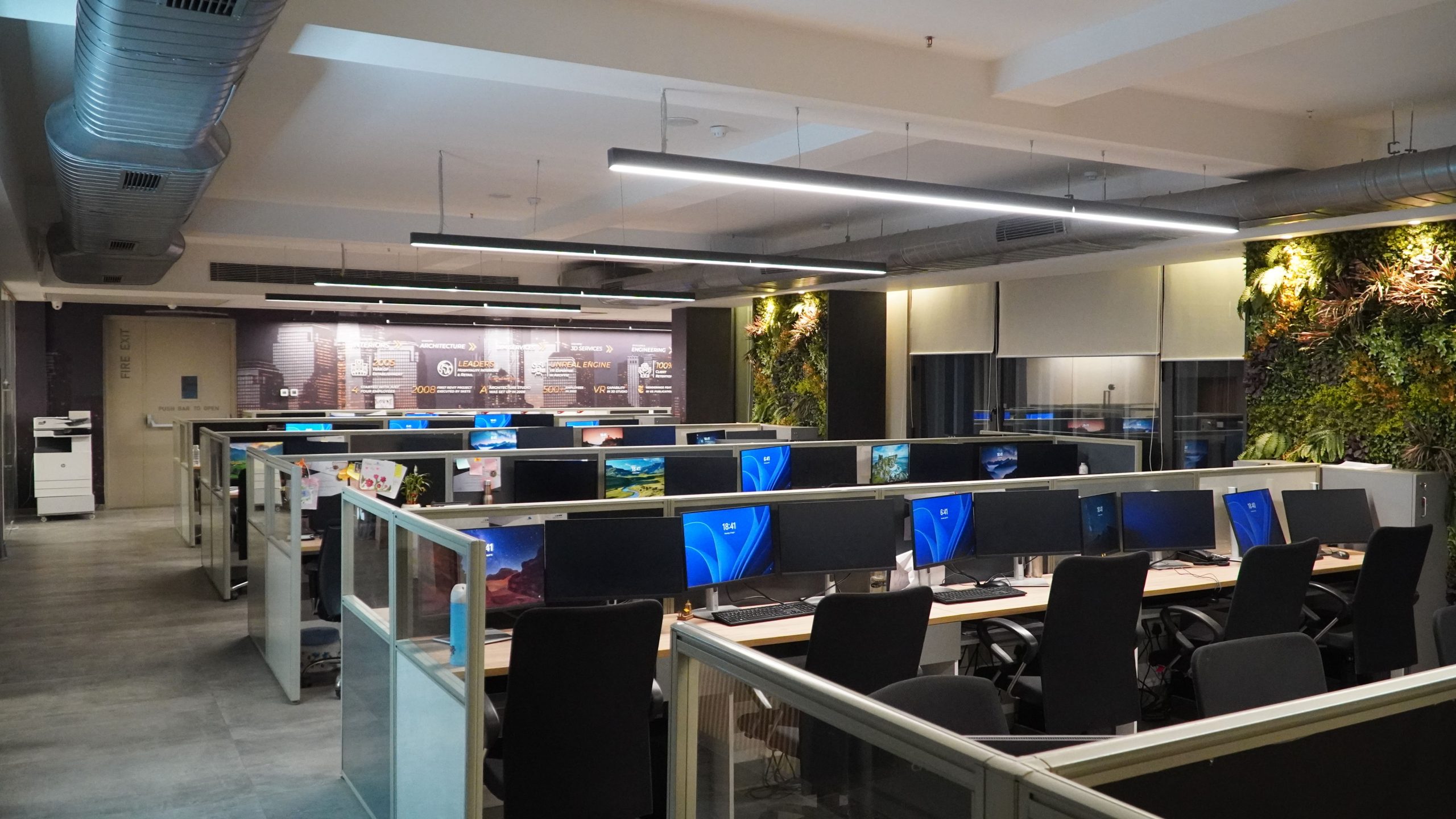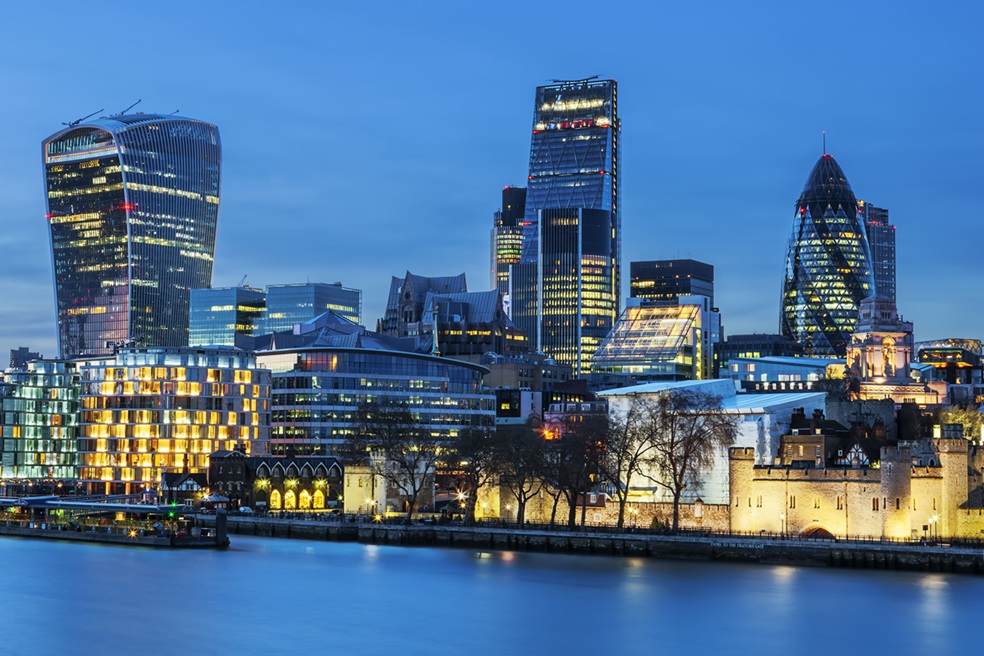
The Middle East Construction Boom -Know how BIM is fueling the growth of Arabian Peninsula
The Middle East has acted as a bridge between the East and the West for centuries, serving as a central hub for trade and cultural exchange. Today, it is emerging as the world’s urban and real estate hotspot, featuring modern engineering and architectural marvels. With ambitious giga projects, massive infrastructure developments, and a push towards economic diversification, the region is undergoing an unprecedented transformation.
Let’s deep dive to understand why the region has pressed the gas pedal on development and how it’s going to impact the AEC sector.

The Shift: Looking Beyond Black Gold and Diversification of Growth
For decades, crude oil has been the backbone of the Middle Eastern economy. Countries like Saudi Arabia have leveraged their oil revenues to invest in large-scale infrastructure projects. By 2050, crude oil reserves are projected to decline significantly, compelling Middle Eastern nations to diversify their economies by developing new revenue streams, such as the tourism sector, and establishing a stronger presence in rapidly developing countries. Saudi Arabia, for instance, is working aggressively to develop its infrastructure to attract global investors and tourists. Dubai, on the other hand, is positioning itself as a global business center.
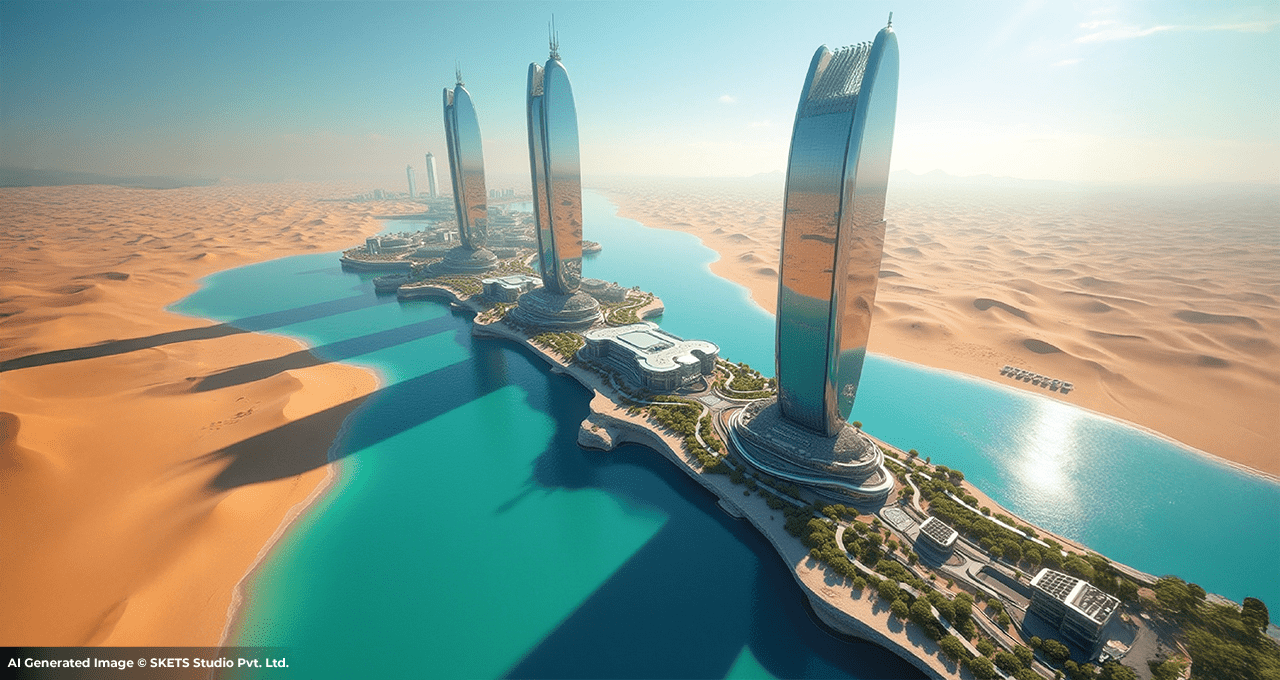
Giga Projects Driving the Construction Boom
To achieve their vision of economic diversification, Middle Eastern nations are investing billions of dollars into giga projects and other large-scale infrastructure developments aimed at reshaping their economies. For instance, the Saudi ‘Vision 2030’ includes several landmark projects such as ‘NEOM’ and ‘The Line’ – a 500 billion dollars futuristic project, currently employing over 140,000 people. Other major projects are ‘The Red Sea Project’ – a luxury tourism destination alongside Saudi Arabia’s western coast, ‘King Salman Park’ – A massive urban green space designed to enhance livability and ‘Oxagon’ – a floating industrial complex.
This boom is not just limited to Saudi Arabia. The UAE, Qatar, and other nations are also investing heavily in sports infrastructure, with Qatar having hosted the FIFA World Cup 2022 and Saudi Arabia set to host the upcoming FIFA World Cup in 2034. Major sports leagues, including MMA and football, further showcase the region’s commitment to become more inclusive while simultaneously diversifying its economy.
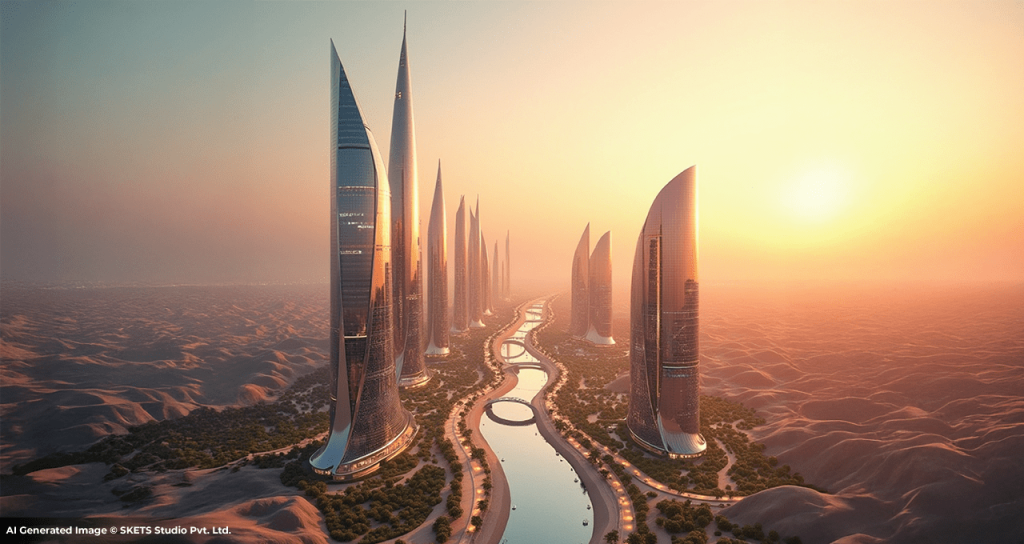
The Role of BIM in Middle Eastern Construction
With such rapid development, time, efficiency and cost-effectiveness become top priorities. This is where the ‘Building Information Modeling’ comes into the picture. Saudi Arabia, the largest country in the Middle East, has made BIM mandatory for all public projects. To be precise, given the advantages that BIM offers, it was inevitable for a rapidly transforming region like the Middle East to leverage it for boosting their development. BIM consultants from the US and UK are actively working on projects in the region, adhering to local cultural practices. BIM extends beyond 3-dimesnional visualization, it provides key advantages in construction such as reducing costs and time by minimizing rework, enhancing collaboration among stakeholders and Improving facility management post-construction. BIM is not just a tool but a fundamental driving force behind the Middle East’s construction boom and Vision 2030’s success. By enhancing efficiency, supporting sustainability, and driving digital transformation, BIM is shaping the future of Middle Eastern infrastructure, ensuring long-term economic growth and development.
SKETS Studio: A Global Leader in BIM Consultancy
With over 2500 large-scale projects completed across 32+ countries, SKETS Studio is a leading organization offering BIM consultancy services. Having a notable presence in the USA, UK, and the Middle East, SKETS is well-positioned to leverage the ongoing construction boom. SKETS Studio has many factors that can position it as a leading force in the region. Featured by Autodesk, the organization has been in the AEC space since 2005. The team of over 825+ architects, designers, and engineers can push the firm at the forefront, enabling it to handle large-scale projects with scalable solutions.
According to Mr. Shrivallabh V Kulkarni, Business Development Head for the Middle East Region, the current construction boom has opened doors for new opportunities. SKETS has the workforce, expertise, and cutting-edge technology to be a key AEC partner for organizations in the region. With a skilled team capable of minimizing turnaround time, SKETS ensures projects are delivered on schedule while maintaining the highest quality and standards. Additionally, the firm is at the forefront of the region’s growing Facility Management sector, where BIM serves as a critical foundation. As the Middle East increasingly adopts FM solutions on a large-scale, emerging technologies like Digital Twins are gaining momentum. Recognizing this shift, SKETS Studio is not only providing top-tier FM services but is also rapidly expanding its role in this domain, reinforcing its position as an industry leader.
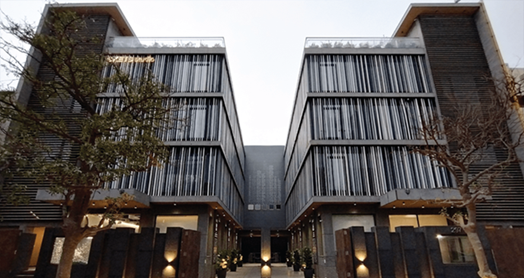
Conclusion
The Middle East’s construction market was valued at 298 billion dollars in 2023 and is expected to grow at an annual rate of 3-3.5%, reaching over 400 billion dollars by 2030. With such massive investments and an emphasis on cutting-edge technologies like BIM and Digital Twins, the region is set to become a hotspot for construction and urban development. With BIM as a key driver behind this transformation, this construction boom is a golden opportunity for many AEC firms.

